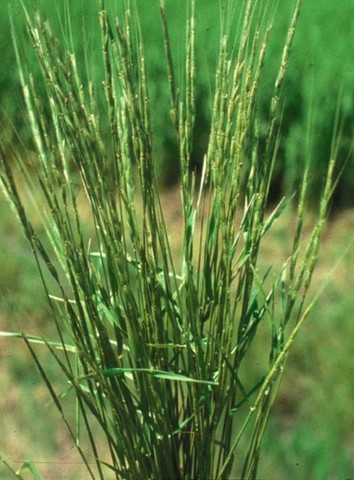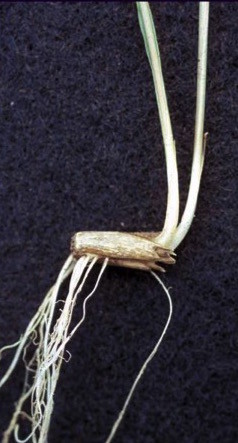Pest Profile
Jointed Goatgrass
Aegilops cylindrica
Pest Description
- Weed Description: Its genetic similarity, and similar growth characteristics to winter wheat make it very difficult to control without adversely harming crop production. Jointed goatgrass also infests rangeland surrounding wheat growing areas and land in the Conservation Reserve Program throughout the western United States
- Leaves: Leaves are alternate, simple, with a flap-like appendage (auricle) at the base, and a leaf blade 0.17-0.25 in wide, with hairs.
- Stems: Mature plants are generally 15-30 in tall with one to many tillers.
- Flowers: The seed head is 2-4 in long with 5-10 spikelets (joints) per head. Early to mid-June.
- Identifying Characteristics: Studies have shown that jointed goatgrass, winter wheat, and downy brome all compete for nutrients, moisture, and light. Comparatively, winter wheat is usually more competitive than jointed goatgrass, and both are much more competitive than downy brome. Jointed goatgrass also has a faster growth rate than downy brome. This faster growth rate, plus the use of herbicides that are more effective controlling downy brome than jointed goatgrass, may result in a weed species shift from downy brome to jointed goatgrass. An integrated management strategy should focus on preventing the establishment of new infestations in susceptible areas, and depleting the soil seed bank.
(Colorado – Weed Management Association)
Pest photo source
Dr. Dallas Peterson, KSU




